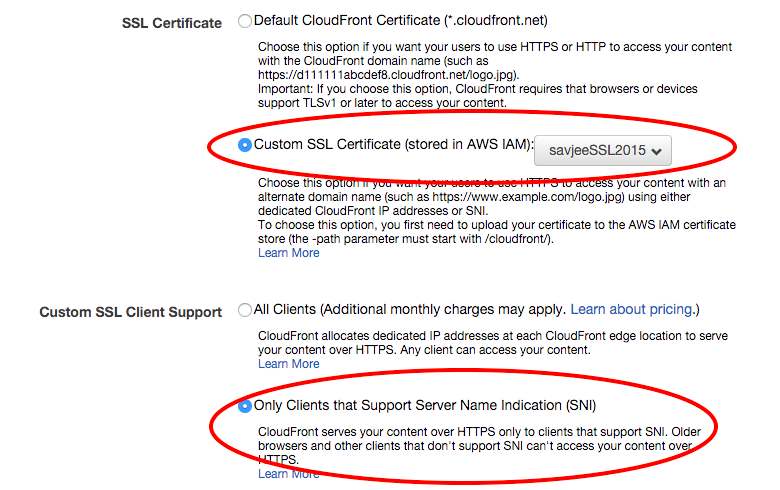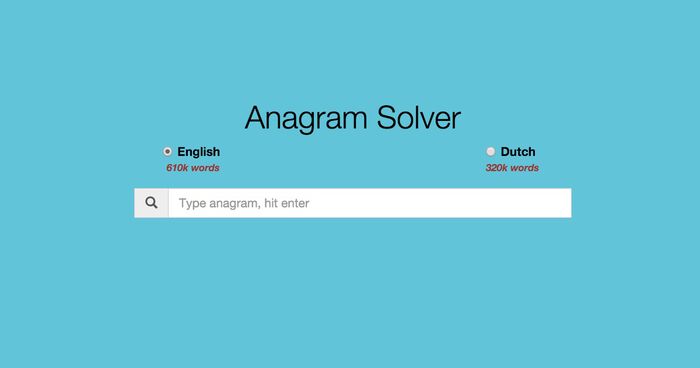Uploading your own SSL certificate to Amazon CloudFront
I've been wanting to add HTTPS support to my website for quite some time and never got around it. Enabling SSL has several benefits such as increased privacy and a slight boost in search ranking. I know that my blog doesn't really benefit from the increase of privacy, but I wanted to enable it anyway.
This blog is powered by the static website generator Jekyll, stored on Amazon S3 and served through CloudFront. Since 2014 it is possible to serve your own SSL certificate through CloudFront by using SNI or Server Name Indication. Let's take a look at how you can upload your own SSL certificate to the service.
Update: January 24th 2016
You can now get a free certificate from AWS Certificate Manager and link it to CloudFront in just a couple of minutes! No manually action required! Check out my video tutorial here:
Getting ready
I'll assume that you already know how to get a SSL certificate. It's not that hard, not expensive and in some cases even free! I've used a free StartSSL certificate for my blog.
Before you can use your own certificate in CloudFront, you have to upload it to IAM (Identity & Access Management). Uploading a certificate is only possible by command line.
-
Start by creating a new user in IAM. I've called mine
ssluploadand temporarily gave it all rights to IAM. Keep a copy of the generated credentials. -
Now install the
awstools with Python's PIP tool:
sudo pip install awscli
- Configure the
awscliand give it your credentials:
aws configure
Uploading a certificate
After these preparations you can upload your certificate to IAM:
aws iam upload-server-certificate --server-certificate-name savjeeSSL2015 --certificate-body file://ssl.crt --private-key file://ssl.key --certificate-chain file://sub.class1.server.ca.pem --path /cloudfront/
Explanation of the used options:
--server-certificate-name, gives your certificate a name so you recognise it later on. This can be anything.--certificate-body, the path to your signed certificate.--private-key, the path to the private key that you've used for signing the certificate.--certificate-chain, the intermediate key that you got from your certificate authority.--path, tells AWS that the certificate is intended to be used by CloudFront.
Make sure that you add file:// before every path, otherwise the tools will complain about the certificates not being in PEM format:
A client error (MalformedCertificate) occurred when calling the UploadServerCertificate operation: Unable to parse certificate. Please ensure the certificate is in PEM format.
Now that the certificate has been uploaded, disable the IAM user we created previously.
Enabling the certificate
All that's left is to enable the certificate. Login to the AWS Management Console, go to CloudFront and edit the settings of your distribution.
- Enable the option "Custom SSL Certificate (stored in AWS IAM)" in the section "SSL Certificate"
- Set the "Custom SSL Client Support" to "Only Clients that Support Server Name Indication (SNI)"

Done! Save the settings and wait for the changes to be propagated across the network. After a few minutes my blog was accessible over HTTPS! Just remember to upload a new certificate before it expires.
Deleting a certificate
If you want to delete a certificate from IAM you can use the delete-server-certificate command like this:
aws iam delete-server-certificate --server-certificate-name savjeeSSL2015
As parameter you pass the name of the certificate that you want to remove. Easy!



